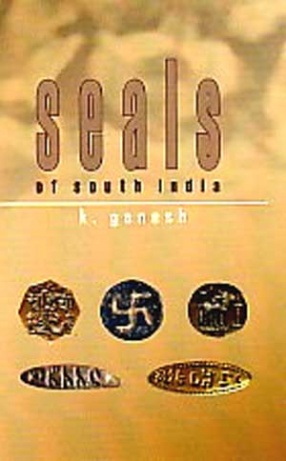The Book mainly focuses attention on the following aspects. In the introductory part, a brief review about temple studies in India and in Andhra Pradesh and in particular the significance of Srisailam and its Prakara well literacy importance are discussed in detail. The various dimensions namely, geographical, historical and religious are closely examined. The patronage by various dynastic rulers leading to the physical growth of Srisailam temple complex, the prevalence of various Saivite sects such as Pasupatha, Kalamukha, and Sakti cults, all throwing light on the religious significance. All these are presented on the basis of archaeological and literary sources from Telugu and Sanskrit. Nearly fifty narrations in religious and secular spheres are broadly explained. The stories are particularly related to a common man like washerman, fisherman, Chenchy tribe and down caste bhaktas, who got moksha and ultimately reach Siva. Besides the sculptures, which represent yoga, tapa, yajna, yaga, poojas, crimes and punishments, procession, dance and music are widely emphasized. The material culture identified in the sculptures generally comprising of architecture, costumes, ornaments, hair styles, head dresses, household objects, religious objects, furniture, musical instruments, line drawings. The rich faunal representations of both royal and tribal hunting are clearly mentioned. As the book being a significant contribution, the stories of common man can nowhere be heard except in Srisailam. This is not an exaggeration to state that this book would certainly be an additional contribution to the existing literature in Art and it would become more useful to the research scholars.
Narrative Art of South Indian Temples (Srisailam)
In stock
Free & Quick Delivery Worldwide
reviews
Bibliographic information
Title
Narrative Art of South Indian Temples (Srisailam)
Author
Edition
1st ed.
Publisher
ISBN
818090069X
Length
xviii+160p., Figures; Tables; Plates; Bibliography; Index; 29cm.
Subjects





There are no reviews yet.